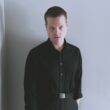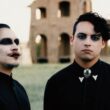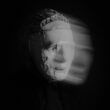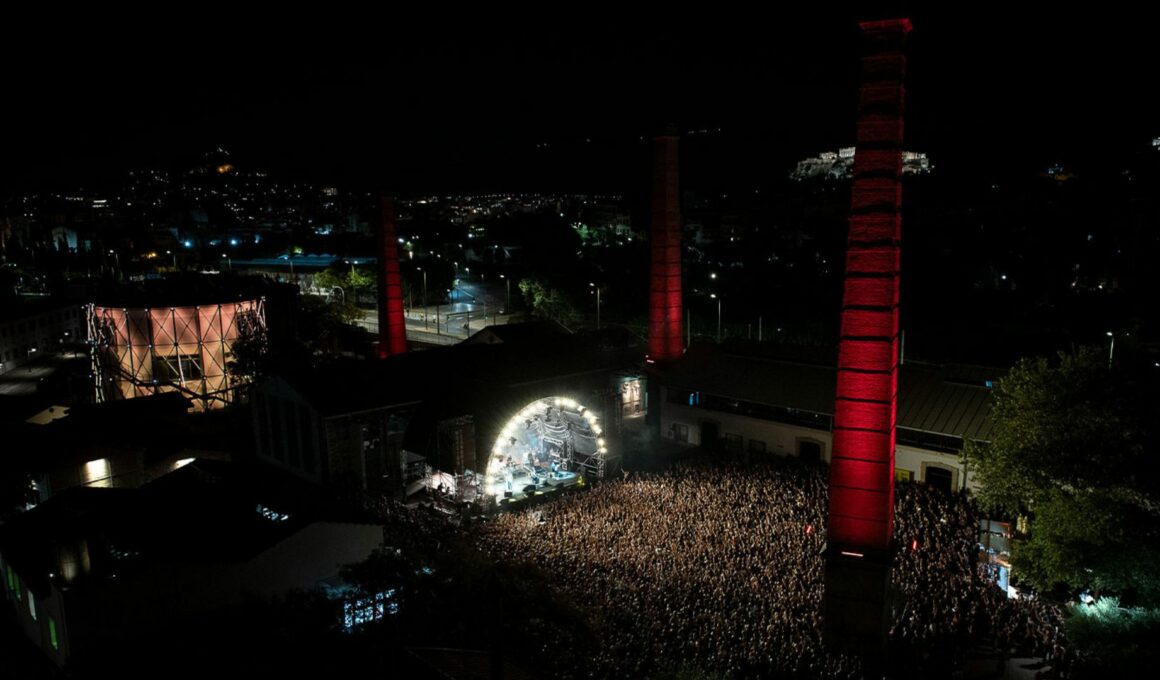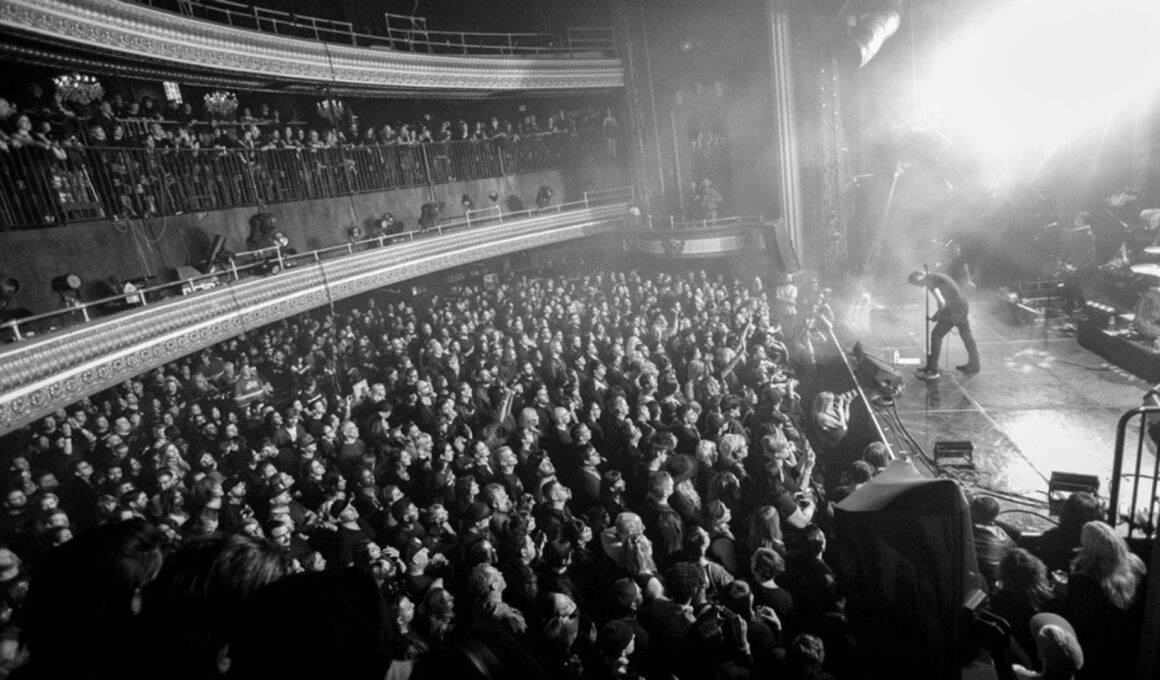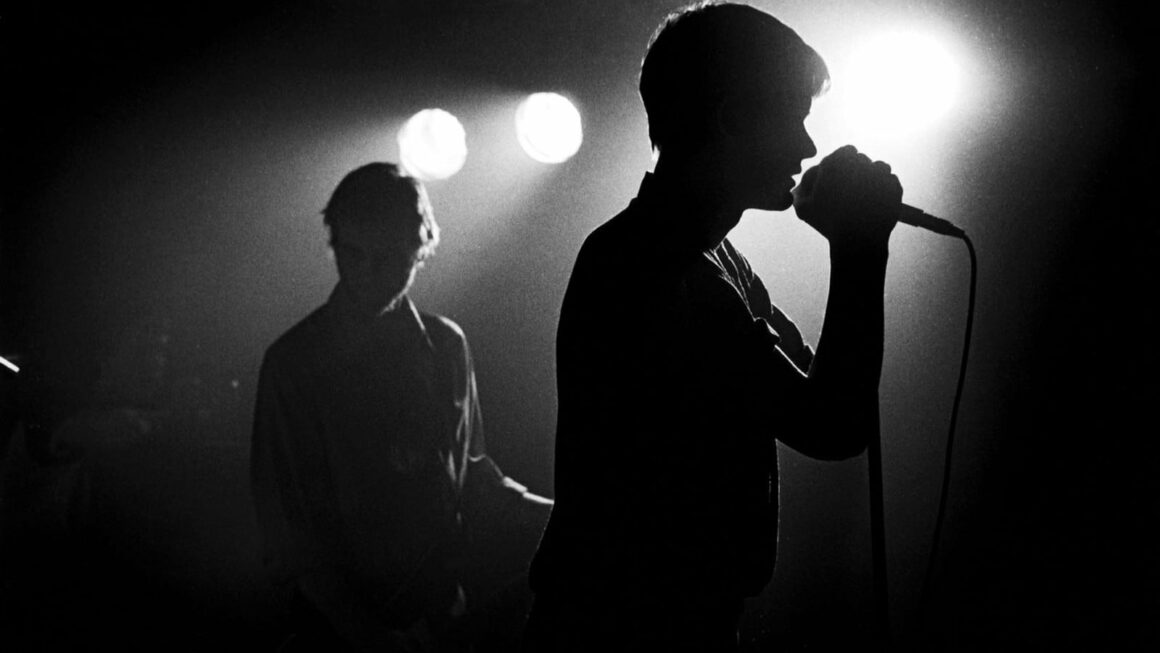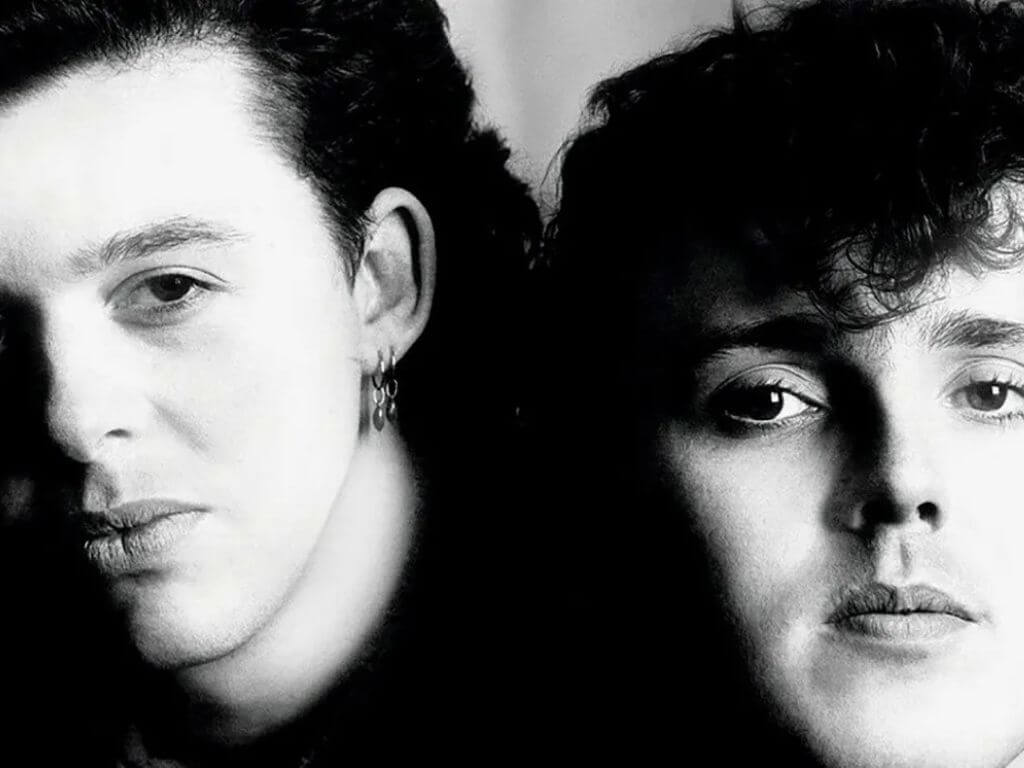
How Tears For Fears Let It All Out
Uncovering The Story Behind One Of The Band’s Most Iconic Songs.
Sometimes everything just works and a song is released at the right time to the right audience, going on to form an indelible part of their music taste or evoke powerful memories of a particular time or place. “Shout” by Tears for Fears is one of those songs. It’s a protest and an entreaty all in one: shout out your dislike but shout out your demons as well.
Looking back on it, Tears For Fears were everywhere in the 1980s. Everyone’s stereo, everyone’s radio. Their song “The Hurting” was sampled on Band Aid’s 1984 chart topper Do They Know It’s Christmas but the band didn’t make that recording or the iconic Live Aid concert the following year. I guess you could say they were there in spirit, though.
Songs From The Big Chair
The band’s breakthrough album Songs From the Big Chair was released in 1985 and featured many of their massive 80s hits including “Shout”, “Everybody Wants to Rule the World” and “Head Over Heels”, which catapulted them to international stardom almost overnight.
Curt Smith (bass, vocals) and Roland Orzabal (guitar, vocals), were suddenly out there in Popstardomland. Smith spoke more back then, because Orzabal was more introverted. Fans could see themselves in this pair – the one who put himself out there to protect his more vulnerable friend who didn’t cope well with social interactions. Tears For Fears were not your average musical pairing, even then. They didn’t really appreciate being teenage pinups, although many fans recognized themselves and their feelings in the groups’ lyrics. The guys also had a serious fanbase of older music fans, people who liked the music above all else.
Troubled Teens
It is said that both Roland Orzabal and Curt Smith had troubles in adolescence. Broken homes, angry parents, juvenile delinquency to name a few. Many people have that background, but not all are lucky enough to survive it intact. Tears For Fears did, and channeled their troubles into their music. They played Heavy Metal, then Folk and finally found Synth-Pop forming as Tears For Fears in 1981.
Their lyrics were heavily influenced by Orzabal’s discovery of Arthur Janov and his primal scream therapy. Even the band’s name comes from the title of a chapter of Janov’s book Prisoner of Pain. The whole of the band’s first album, The Hurting, was inspired by Janov’s theories. The lyrics were suitably gloomy, but then so were many songs of the time. Cold sounds, bleak imagery, futuristic lyrics, lack of human feeling, hurting, gloom and doom characterised the start of Synth-Pop and electronic music. Individuals identified with the feeling in droves, but critics weren’t so kind.
The Tears had found a way to let their feelings speak for them even if some listeners didn’t like what they were hearing. They took it to the next level with Songs From the Big Chair. The core duo of Orzabal and Smith was determined that the album would not be The Hurting part two and they also refused to bow to record company pressure to release it quickly either, taking a year to record it.
Fewer Synths & More Guitars
Songs From the Big Chair is definitely not The Hurting part two. The songs are slick, catchy, seemingly carefree and much more lightweight. Smith called it “basically straight pop” and he would not be wrong. But Janov’s shadow still looms large, both in the settings and the lyrics.
“Shout”, with Orzabal on lead vocals, is an ideal example of this – a wonderfully upbeat tune but the lyrics are still rooted in primal scream therapy – the singer is letting out ‘things I can do without’ and urging anyone listening to do the same.
There are still synthesizers on Big Chair, but fewer of them, left out in favor of more guitars. This meant less programming and more spontaneity, and the bigger sound that resulted from this change in instrumental focus rocketed “Shout” into people’s consciousness, where it remains to this day for many of us. It resonated with many listeners of the time, and the song reached number one in several countries, taking Big Chair with it and handing the band a level of success and recognition they could never have dreamed of.
A Protest Song
“Shout” is a protest song in some ways, a rebellion against the established norms of the times, a call to be different, not to bottle things up. It marked a turning point in the band’s career, bringing in social and political motives as well as a much broader sound. There are few regrets there either.
The band came up with the idea for “Shout” together. Orzabal brought the first draft with him when they started recording, consisting of the chorus and a rhythm which he admits was “stolen from a Talking Heads’ track on their 1980 album Remain in Light”. They adjusted the rhythm and added flute to the mix, while Ian Stanley suggested ideas which Orzabal used for the verse melody. And in such simple ways a smash hit was born. It remains one of their most popular tracks, and the one which has been remixed the most. Not surprising, really.
Featured Image by Tim O’Sullivan

